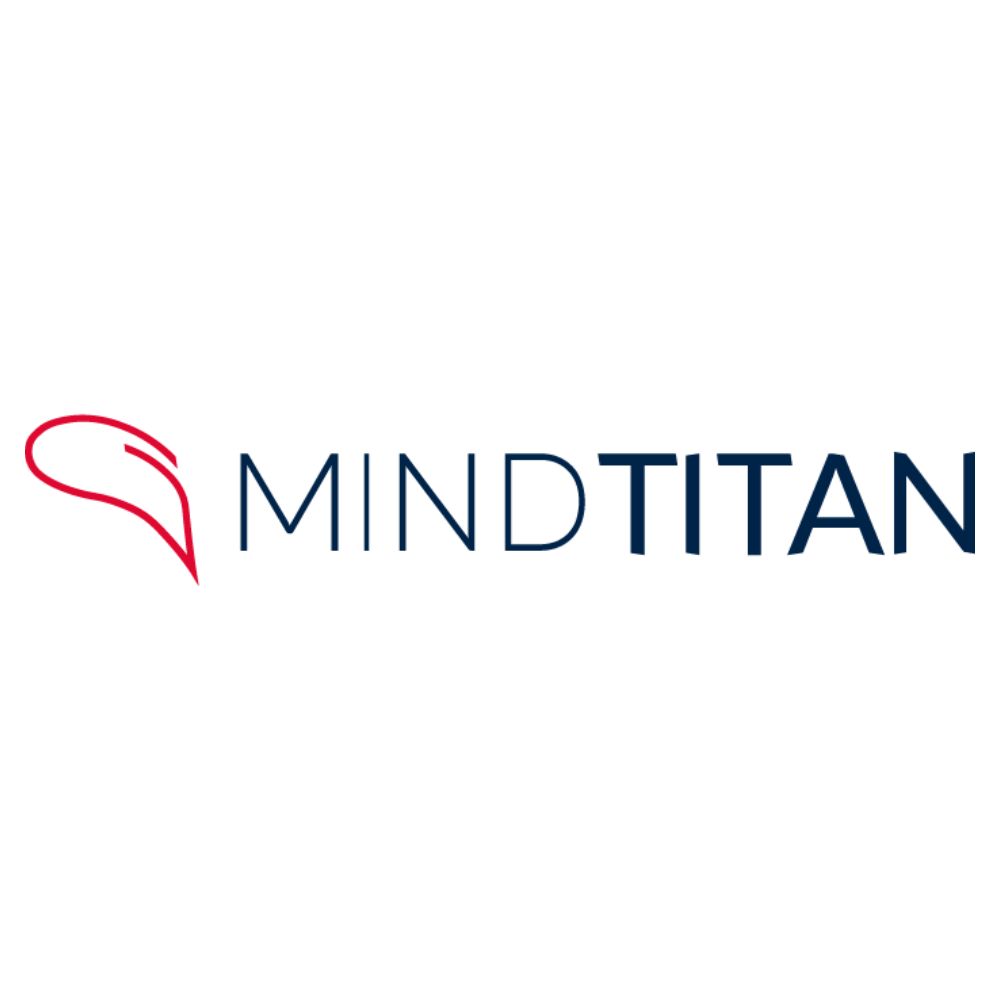168 reads
The Magic of Conversational AI: 8 Ways Chatbots are Helping Businesses
by
August 26th, 2021

Our mission is to solve business problems for public and private organizations using AI and machine learning.
About Author
Our mission is to solve business problems for public and private organizations using AI and machine learning.